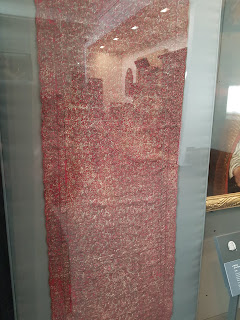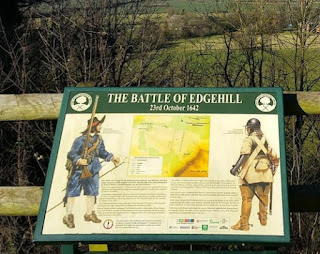What Colours To Use?

The mental images we have of seventeenth century dress are invariably of a dashing cavalier, wearing extravagant clothing and an ostentatious feather in a broad-brimmed hat; or a dour Puritan dressed in black and white. A heavily stylised, but very enduring set of images created by the Victorians. But what was the reality? Some clothing from the time still exists, although this will, by the very nature of things, have belonged to rich owners. It has been suggested too, that due to interest in the civil wars, that these surviving garments have been fancydress-ified by the Victorians to achieve the romantic nature of dashing cavaliers and their ladies. Thanks to rising temperatures the C17th and C18th graveyard at Spitsbergen is giving up its inhabitants - whalers buried in their clothes. Many of these remarkable garments are on display at the Rijksmuseum in Amsterdam (they also have the fantastic Night Watch painting). If you can't just pop into Amsterdam you can see some high res...








